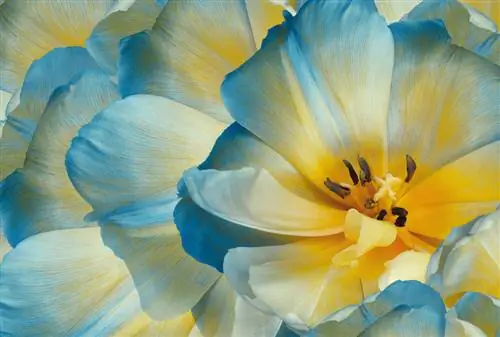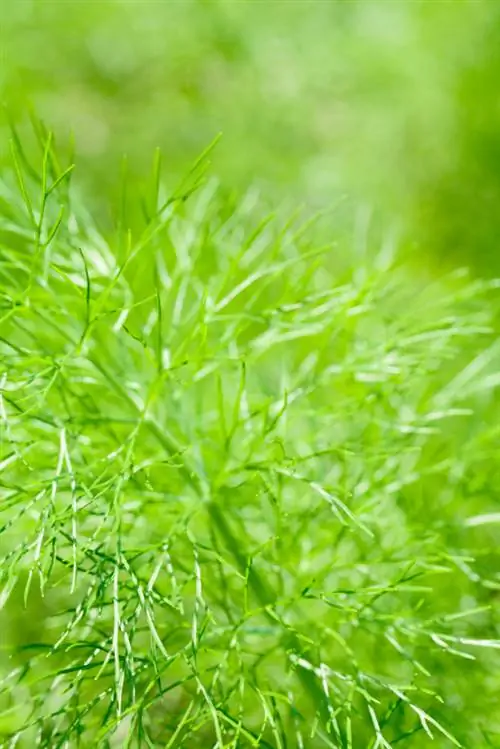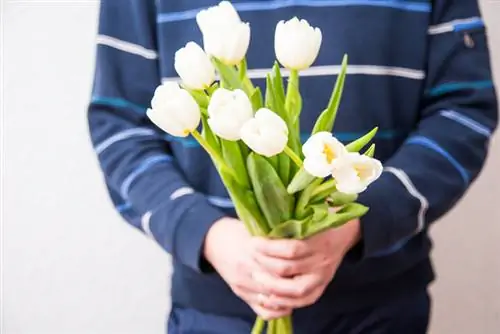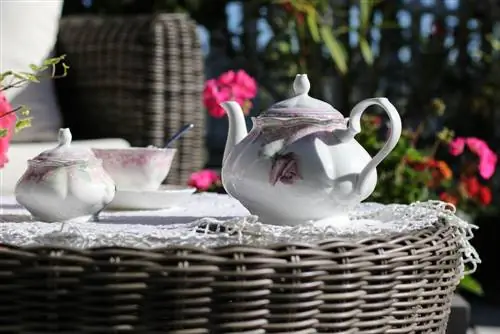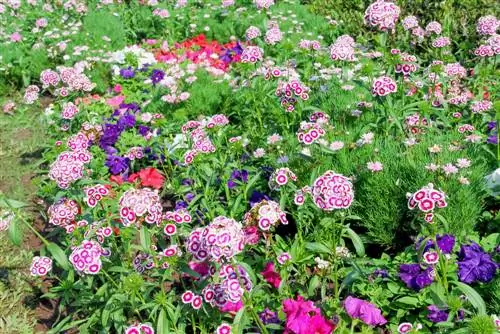- Author admin [email protected].
- Public 2023-12-16 16:46.
- Last modified 2025-01-23 11:22.
Tulips are beautiful and majestic plants that already impress with their original state. Nevertheless, white tulips are particularly popular to be colored to create a colorful bouquet. This experiment is also particularly popular with children. The color change can be observed closely.
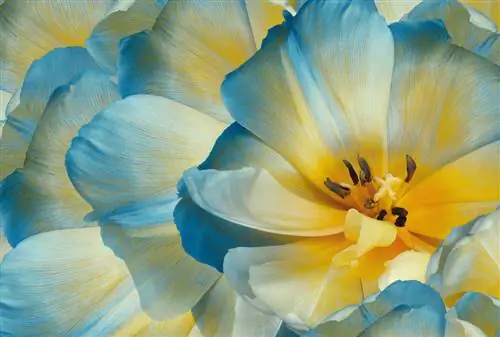
How to color tulips correctly?
To color tulips successfully, cut white tulips diagonally and place them in a mixture of water, cooking oil and food coloring (gel). The color of the tulips changes within a few hours and becomes more intense over time.
Can tulips be completely colored?
Coloring the plant isquite possible Here the flowers of the tulip are recolored to create a colorful sea of flowers. The color enters the tulip via the stem and causes a pastel-like discoloration of the originally white flowers. The stem is also colored. However, the color change does not dominate due to its rich green. The stem usually only shows minor changes. During this process, the color of the tulip changes a little bit more hour by hour.
How to color tulips correctly?
Coloring tulip petals isparticularly easy and also a lot of fun. In order to recolor the flowers as best as possible, white tulips should definitely be used. With naturally colorful flowers, the change is not so clearly visible. The first step is to cut the tulips to the appropriate size. The cut should be made at an angle as this will cause the tulip to absorb more water. Finally, all you have to do is mix some food coloring with water and oil and place the plant in this mixture.
How can tulips be colored?
Coloring the tulips requiresa few utensils, which are particularly easy to find. These are already present in almost every household. They are also inexpensive tools. All you need is:
- white tulips
- Water
- scissors
- a funnel
- a spoon
- some cooking oil
- Test tubes or a small vase
- Food coloring (gel)
Apart from the utensils described, you will need some time and patience for this process. The color usually changes over the course of a few hours and becomes more intense day by day until the tulip in the vase finally withers.
Tip
Coloring tulips as an experiment for young and old
This experiment is particularly suitable for children of all ages. But adults can also enjoy it. This experiment ultimately describes over a longer period of time how the tulip supplies itself with the water it needs to live on a daily basis. Dying makes this process particularly visible. The result of this procedure can also be seen.

